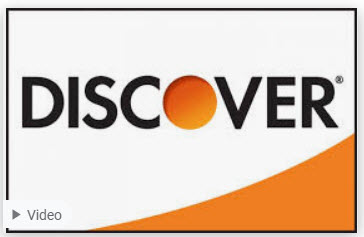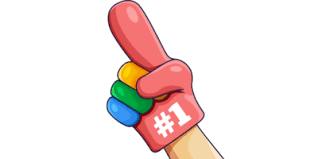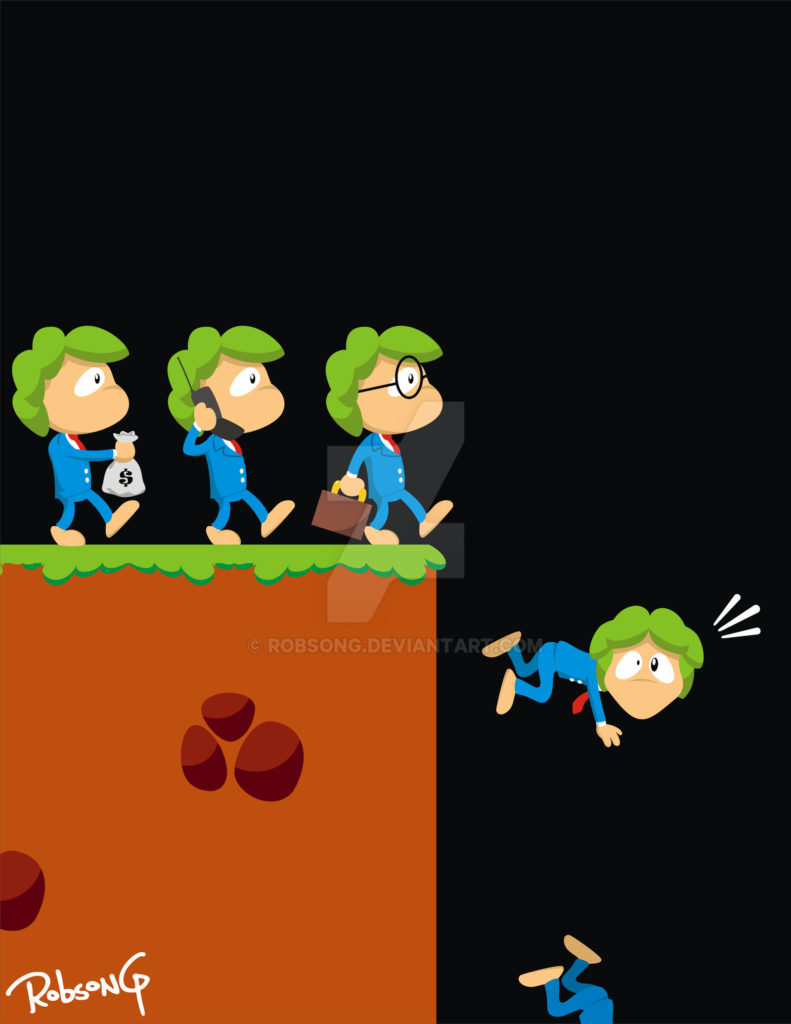Humanity and Branding.
 I was in a group meeting earlier this week and an ice breaker question used to loosen us up was “What new behavior have you learned as a result of Covid-19?” Yesterday, standing on a Starbuck’s line the perfect answer hit me. “I’ve learned to smile more with my eyes?” Most smiles behind a mask go unrecognized, so I make an effort to do my smile big – and with my eyes.
I was in a group meeting earlier this week and an ice breaker question used to loosen us up was “What new behavior have you learned as a result of Covid-19?” Yesterday, standing on a Starbuck’s line the perfect answer hit me. “I’ve learned to smile more with my eyes?” Most smiles behind a mask go unrecognized, so I make an effort to do my smile big – and with my eyes.
How does this apply to branding? Well, typical marketing is one dimensional. Convey selling information clearly and concisely before asking for the order. Advertising done well offers a few more dimensions: maybe some music, some emotional hints, perhaps a story. But not all marketing is advertising. And frankly, most advertising is poorly constructed — infomercials in 30 seconds.
So if most of marketing these days is sales focused, then metaphorically we are covering up the humanity of our efforts with a mask. While our jobs are never to lose the mask, we must work hard to lets our eyes convey the humanity. Convey a smile. Inklings of humanity throughout our marketing and branding – be they search terms, packaging or naming – are worth the effort.
Keep smiling.
Peace.









